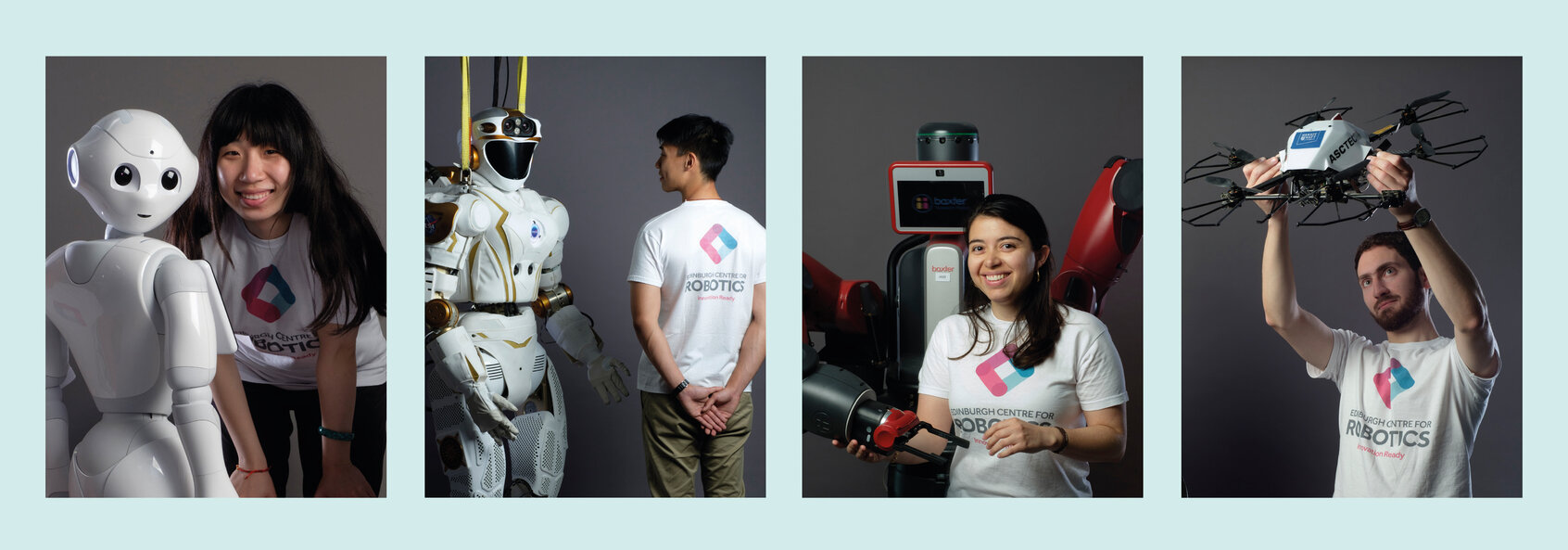Abstract: Fiber Bragg Gratings (FBGs) based shape sensing allows for precise, real-time tracking of medical instruments within the body. Standard FBG (SFBG) sensors detect shape changes by analysing the reflected light wavelengths from multiple FBGs along an optical fibre, which respond to strain variations as the fibre bends or twists. Tilted Fiber Bragg Gratings (TFBGs) offer the additional capability of sensing temperature and biologically relevant signals like pH independent of strain in situ. However, TFBGs occupy a substantial portion of the visible light spectrum, leading to wavelength shifts that can interfere with SFBG measurements, limiting the number of SFBGs that can be multiplexed along a single fibre and reducing spatial resolution for shape sensing. In this talk, we address the multiplexing challenge arising when both SFBGs and TFBGs are deployed along an optical fibre while aiming to integrate biosensing and shape sensing. We develop a wavelength shift model for both SFBGs and TFBGs based on coupled-mode theory. Subsequently, we present an algorithm that leverages these models to estimate the likelihood of a given reflected wavelength corresponding to each FBG type. This algorithm employs variants of the Hungarian algorithm to solve an assignment problem and classify FBG nodes. Our approach is evaluated using a dataset comprising SFBGs and a TFBG exposed to varying curvatures.

